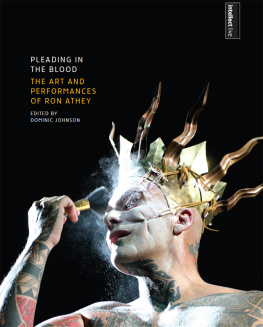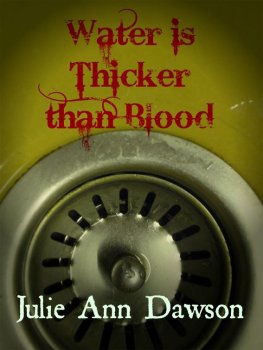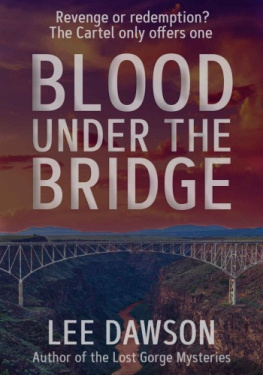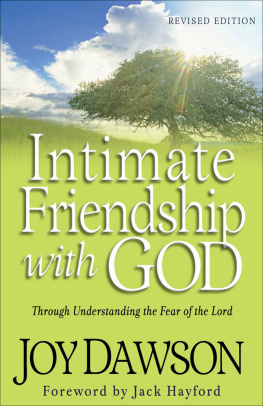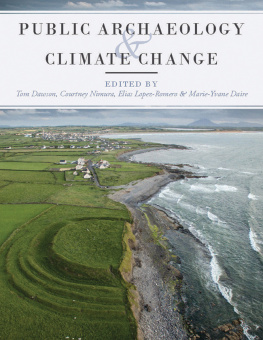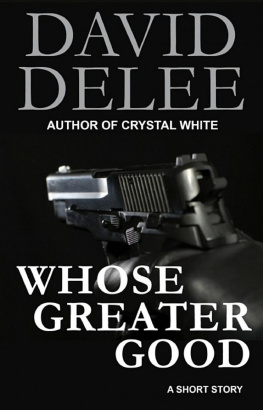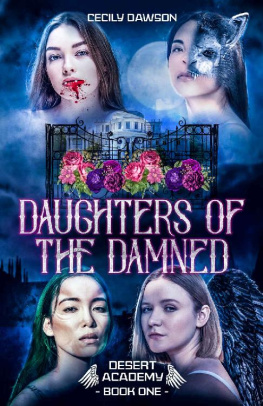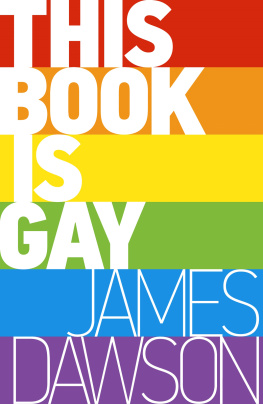PL EADING IN THE BLOOD
THE ART AND PERFORMANCES OF RON ATHEY
CREDI TS
First published in the UK in 2013 by
Live Art Development Agency, The White Building, Unit 7, Queens Yard, White Post Lane, London, E9 5EN, UK
www.thisisLiveArt.co.uk
and
Intellect, The Mill, Parnall Road,
Fishponds, Bristol, BS16 3JG, UK
www.intellectbooks.com
First published in the USA in 2013 by
Intellect, The University of Chicago Press,
1427 E. 60th Street, Chicago, IL 60637, USA
Edited by Dominic Johnson, 2013
Contributions the individual contributors, 2013
Cover image: Ron Athey, Solar Anus (2006),
Hayward Gallery, London. Photo by Regis Hertrich.
Back cover image: Ron Athey, Self-Obliteration I (2008),
Galerija Kapelica, Slovenia, Ljubljana. Photo by Miha Fras.
Endpapers image: Glass walls covered with blood,
after Ron Athey and Julie Tolentino, Resonate/Obliterate (2011),
Los Angeles. Photo by Franko B and Thomas Qualmann.
Designed by David Caines Unlimited
www.davidcaines.co.uk
Printed and bound by Bell & Bain, UK
ISBN 978-1-78320-173-0
Intellect Live
Pleading in the Blood: The Art and Performances of Ron Athey is part of Intellect Live a series of publications on influential artists working at the edges of performance. Intellect Live is a collaboration between Intellect Books and the Live Art Development Agency. The series is characterized by lavishly illustrated and beautifully designed books, created through close collaborations between artists and writers, each of which is the first substantial publication dedicated to an artists work.
Series Editors: Dominic Johnson, Lois Keidan and CJ Mitchell.
ISSN 2052-0913
Published with the support of Arts Council England.
All rights reserved. No part of this publication may be reproduced, stored in a retrieval system, or transmitted, in any form or by any means, electronic, mechanical, photocopying, recording, or otherwise, without written permission.
All opinions expressed in the material contained within this publication are those of the artists and authors and not necessarily those of the editor, publisher or the publishers partners.
The editor and publishers have endeavoured to source accurate information about reproductions and image copyright wherever possible. In the case of incomplete or inaccurate information in image captions, the editor may make corrections to subsequent editions upon request.
A catalogue record for this book is available from the British Library.

PL EADING IN THE BLOOD
THE ART AND PERFORMANCES OF RON ATHEY
EDITED BY DOMINIC JOHNSON

Previous pages: Ron Athey, Self-Obliteration I (2008), Donau Festival, Krems, Austria. Photo by Florian Weiser.
ANTONY HEGARTY
DOMINIC JOHNSON

RON ATHEY
CATHERINE ( SAALFIELD) GUND
DOMINIC JOHNSON
HOMI K . BHABHA
RON ATHEY
JULIE TOLENTINO
BRUCE LABRUCE
JENNIFER DOYLE
ALEX BINNIE
MATTHEW GOULISH
CATHERINE OPIE
AMELIA JONES
RON ATHEY
LYDIA LUNCH
JULIANA SNAPPER
ADRIAN HEATHFIELD
TIM ETCHELLS
GUILLERMO GMEZ-PEA


ROBERT WILSON

FOREWORD
ANTONY HEGARTY
Ron Athey,
with the cut of mind,
a hollow him,
upon a stream,
towards a minefield,
an unlight.
He pressed his hand onto a hook,
so stained in blues and green.
He took his rice blue halo
an ee wept for saints ascended.
Athey gave a knife a gunny,
an ee never happened.
Opposite: Ron Athey, Self-Obliteration I (2008), Abode of Chaos, Lyon, France. Photo by Lukas Zpira.
INTRODUCT ION: TOWARDS A MORAL AND JUST PSYCHOPATHOLOGY
DOMINIC JOHNSON
Given the unlimited opportunities which the media landscape now offers to the wayward imagination, I feel we should immerse ourselves in the most destructive element [...] and swim. I take it that the final destination of the 20th century, and the best we can hope for in the circumstances, is the attainment of a moral and just psychopathology. J. G. Ballard, The Atrocity Exhibition
Across three decades, Ron Athey has plunged into the viscera of intimate crises both historical and personal to consistently lay bare their affective charges upon his own tortured body. He has extended the repertoire of images and techniques in visual art, eking out a volatile space for scores in the skin, spilled blood, ritual pain, and the sensate orifices of his body. To watch Athey perform is to witness him turn his body inside out in performance, up to the brink of disaster, from which he manages to withdraw more or less intact, with a gravitas that is both beautiful and devastating. Athey has consistently explored the politics of modern subjectivity, and the profoundly disorienting effects of aestheticizing death and destruction, subjection and survival. Indeed, Athey has described his body in performances as a paradoxical manifestation of the living corpse, and his work has been celebrated (and sometimes vilified) for his absolute refusal to sanitize the body and its perverse pleasures, it excesses and its intimate failures.
Swimming in the most destructive elements of a life, of culture, and of the imagination, Athey articulates the peculiar nobility of ecstatic, living flesh. Such embodied extremity is at once both enabling and confounding. In its uncompromising excess, Atheys work reminds us that art and performance are most exciting and relevant when a work takes an audience up to and beyond a certain limit: of the beautiful, the bearable, and other coded manifestations of decency. To be honest, some of my images scare me, Athey admits. Im terrified that I really got there, [to] this transcendent place where it stops just being an idea in your head and it takes on a physical life of its own, by way of the seemingly magical transformation from a fleeting impression to an image rendered in ruptured flesh and spilled blood. Atheys process of passing beyond the frontiers of the acceptable, of the rational, or of the conventionally beautiful are part and parcel of his commitment to the historical avant-garde project of radicalizing the everyday via artistic practice scaring oneself along the way.
Opposite: Portrait of Ron Athey (2011). Photo by Tom Garretson.

Since his first performances around 1980, and profoundly since the early 1990s, Athey has had an intense and broad-based influence upon artists and audiences, especially in the United States and Europe. In his wake, key critical concepts including agency, consent, identity, pleasure and desire seem less secure, more volatile, and ultimately more vital.
Next page
